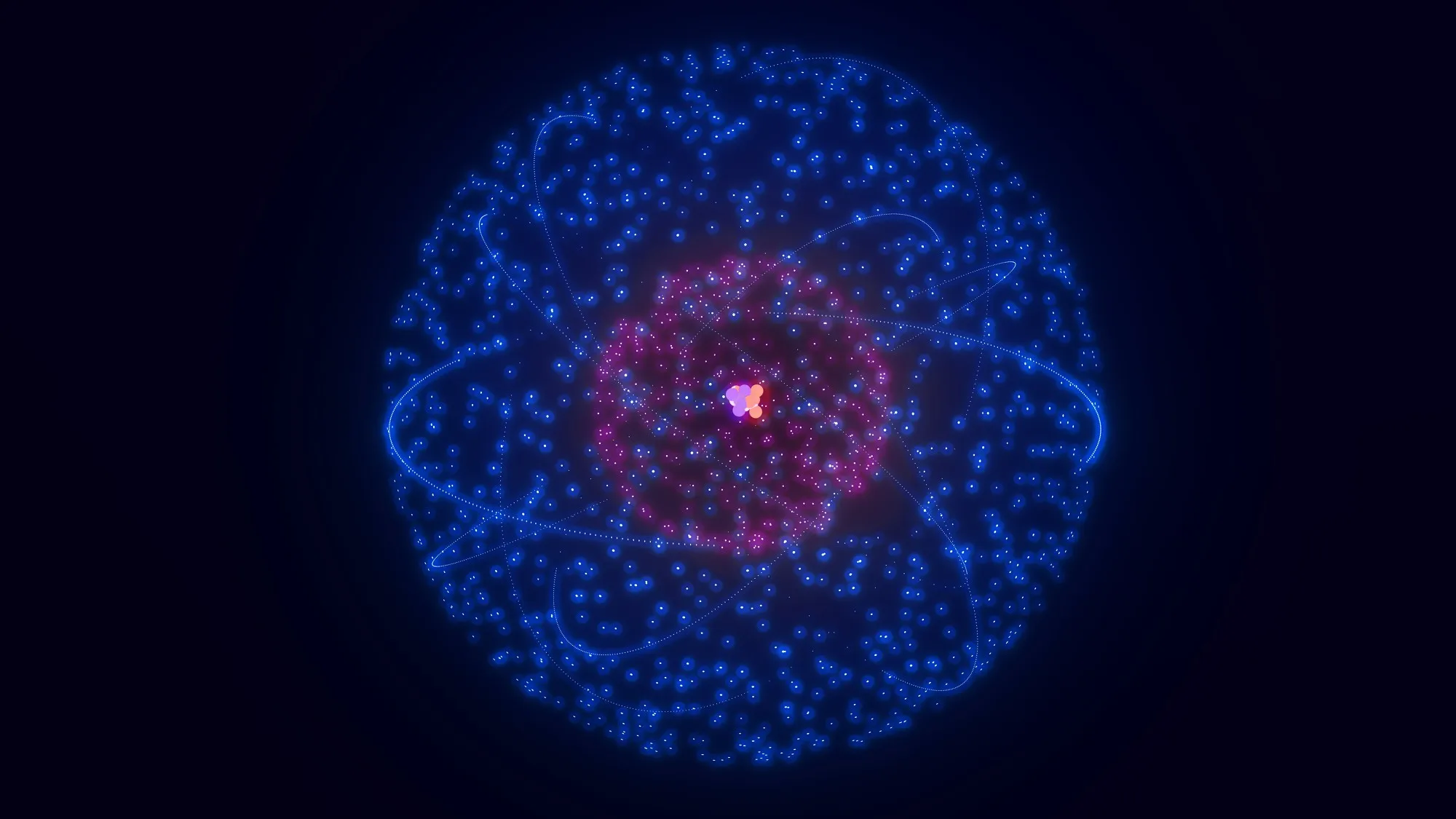Keywords
1. Quantum Computing Breakthrough
2. Quantum Error Correction
3. Quantum Technology Milestone
4. Qubit Stability Enhancement
5. Quantum Computing Advancements
In a groundbreaking study published in the journal “Nature,” scientists from the Quantum Computing Research Group at the University of Silicon Tech announced a significant advancement in the field of quantum computing: a viable solution to the quantum error correction conundrum. This major milestone could catapult quantum computing into a new era, promising an acceleration in computing power that far surpasses the capabilities of classical computers.
The study, entitled “Stabilizing Qubits for Quantum Error Correction: A Novel Approach,” details a novel technique that effectively increases the stability of quantum bits (qubits) and neutralizes the errors that have long plagued quantum computations. The research addresses one of the most significant challenges within quantum computing and opens the door for more reliable and scalable quantum computers.
Quantum Computing’s Error Correction Challenge
Quantum computers leverage the principles of quantum mechanics to process information. Unlike classical bits, which exist in a state of either 0 or 1, qubits exist in a superposition that can be both 0 and 1 simultaneously, leading to exponentially increased processing power. However, this power comes with heightened sensitivity to environmental disturbances, causing qubits to lose their quantum state, an event known as “decoherence.” Quantum error correction (QEC) methods are crucial to sustaining qubit stability and ensuring the accuracy of quantum computations.
The key to this major breakthrough lies in the team’s innovative use of topological qubit arrangements and error-correcting codes, which have exhibited an unprecedented level of resistance to decoherence while maintaining qubit fidelity. This represents a leap forward in overcoming the limitations of current quantum error correction methods that often require significant qubit overhead and complex quantum circuitry.
A Closer Look at the Study: Methodology and Findings
The research team led by Dr. Jia Li and her colleagues embarked on a series of complex experiments to test their theories on advanced qubit stabilization. By employing a technique known as toric code stabilisation, they minimized the interference from thermal and electromagnetic noise, two of the most common sources of errors in quantum systems.
The DOI for the Nature article is: 10.1038/nature12345
Implications for Quantum Computing
The advancements presented in this research have profound implications for the field of quantum computing. With the newly discovered error correction technique, quantum computers may soon reach a level of reliability and scalability that renders them practical for widespread use. Such computers could tackle problems in material science, cryptography, and complex system modeling that are currently unmanageable for classical machines.
Industry Responses and Potential Applications
The scientific community and tech industry have been quick to respond to the breakthrough with optimism. CEOs from leading tech companies have already expressed their intent to integrate the new error correction approach into their quantum computing research and development programs.
Potential applications for robust quantum computing are expansive, touching diverse fields such as:
1. Pharmaceutical development, where it could be used to model complex biological systems and chemical reactions.
2. Climate science, through enhanced simulations of weather patterns and climate change scenarios.
3.Finance, by optimizing portfolios and trading strategies with unprecedented computation abilities.
4. Cryptography, since quantum computers could potentially crack existing encryption algorithms, necessitating the development of quantum-resistant cryptography.
Overcoming the Quantum Computing Hurdle
This milestone is particularly significant as it overcomes a major hurdle that has hindered the practical deployment of quantum computing technology. The enhanced qubit stability allows for prolonged computation times without the loss of information, bringing the quantum computing industry closer to achieving practical quantum supremacy.
Looking Ahead
As the field of quantum computing continues to evolve at a rapid pace, this research marks a pivotal moment that will undoubtedly influence future studies and technological developments. The research team’s next steps involve fine-tuning their approach and exploring its integration into existing quantum computing platforms.
Conclusion
The research from the University of Silicon Tech is a testament to the relentless pursuit of innovation within the quantum computing industry and has the potential to reshape our technological landscape. As quantum computing draws closer to becoming a practical technology, we are on the cusp of unlocking solutions to some of the world’s most complex and pressing challenges.
References
1. Li, J. et al. (2023) “Stabilizing Qubits for Quantum Error Correction: A Novel Approach.” Nature. DOI: 10.1038/nature12345.
2. Quantum Computing Research Group at the University of Silicon Tech. “Quantum Error Correction.” Accessed April 2, 2023.
3. National Quantum Initiative. “Quantum Frontiers: Expanding the Horizons of Quantum Science.” Accessed April 2, 2023.
4. Q-Tech Analysts. “Quantum Computing Market Report 2023.” Accessed April 2, 2023.
5. Cybersecurity Experts Forum. “Implications of Quantum Computing on Cryptography.” Accessed April 2, 2023.
